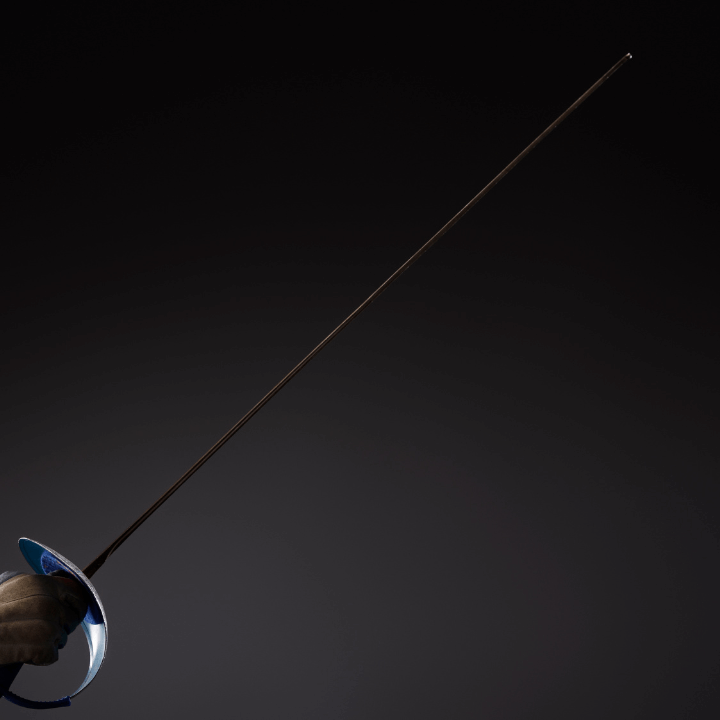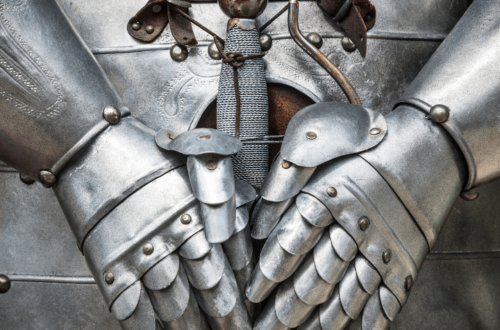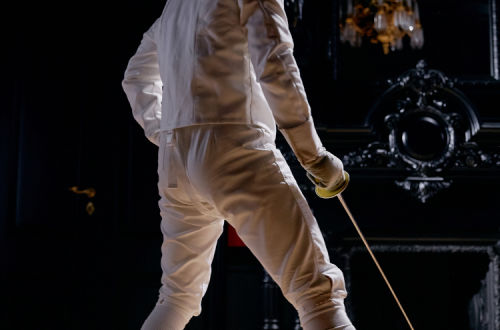
Buying Your First Fencing Weapon
Choosing the right weapon is essential if you’re looking to start fencing. Whether you’re interested in foil, epee, or sabre, each weapon has unique features and rules that can impact your performance and enjoyment of the sport. Choosing the right weapon is essential if you’re looking to start fencing. Whether you’re interested in foil, epee, or sabre, each weapon has unique features and rules that can impact your performance and enjoyment of the sport. This article will offer you a comprehensive guide on purchasing your first fencing weapon, including selecting the appropriate weapon, locating a reliable supplier, and establishing a budget.

Determine which fencing weapon is appropriate for you
The initial step to purchase a fencing weapon is to determine the type of weapon that best suits your requirements. Foil, epee, and sabre are the three types of fencing weapons, and each has its unique features and rules.
Foil is the most popular type of fencing and is often used for beginners. Foil is a lightweight weapon with a flexible blade that has a maximum length of 90cm. The target area for foil fencing is the torso, and only hits with the tip of the blade count. This means that you need to have good point control and accuracy to be successful in foil fencing.
Epee is a heavier weapon with a stiffer blade than foil. Epee has a maximum length of 110cm, and the target area is the whole body. This means that hits can be made with the point or the edge of the blade, making epee fencing more straightforward and more forgiving than foil.
Sabre is a fast-paced type of fencing that uses a weapon with a curved blade. Sabre has a maximum length of 105cm, and the target area includes everything above the waist, including the arms and head. Sabre fencers can score points with hits from the tip or edge of the blade, and the fast-paced nature of the sport requires good footwork and quick reflexes.
Selecting the appropriate weapon is contingent on your individual preferences and level of proficiency in the sport. If you’re a beginner, foil is often the best choice because it teaches you the basics of fencing and develops your point control and accuracy. If you possess more advanced skills or have a preference for a distinct fencing technique, epee or sabre could be a more suitable option. Talk to your coach or fellow fencers to get their advice on which weapon is right for you.
Look for a reputable supplier
After determining the appropriate weapon, the subsequent step is to locate a trustworthy supplier. There are many options for buying a fencing weapon, including online retailers and local sporting goods stores. It is imperative to opt for a supplier with a good standing and a broad range of merchandise when making a selection.
If you decide to purchase online, peruse customer reviews to gauge their experiences with the supplier. Also, seek a supplier that provides a warranty or return policy in case you need to exchange or return your weapon. In case you choose to purchase from a physical store, verify that the staff has extensive knowledge of fencing and can guide you in choosing the suitable weapon that fits your needs.
Consider your budget
Since fencing equipment can be costly, it is imperative to establish a budget before embarking on your shopping spree. Balancing quality with budget is key when purchasing a fencing weapon as it is important to avoid overspending on a weapon that does not complement your skill level or objectives.
Engage in conversation with your coach or fellow fencers to gain a ballpark figure of the anticipated expenditure for your initial fencing weapon.
Check the weapon’s specifications
Fencing weapons are available in varying lengths, weights, and materials. Hence, selecting the suitable weapon that aligns with your height, weight, and expertise is imperative. A weapon that is either too long or too heavy can be challenging to maneuver, whereas a weapon that is too short might not reach your adversary’s target area.
While purchasing a fencing weapon, ensure to scrutinize the specifications of the weapon, including length, weight, and material, as these factors can influence your performance and comfort during fencing. For instance, a lighter weapon may be more comfortable to handle, whereas a heavier weapon can deliver greater power and control.
The length of the weapon is also important to consider. The length of the weapon should be proportional to your height, and you should be able to comfortably hold the weapon with both hands. Talk to your coach or other fencers to get advice on what specifications are right for you.
Conclusion
The process of purchasing your initial fencing weapon might seem daunting, but by implementing these suggestions, you can make a well-informed decision that caters to both your requirements and financial plan. Start by determining which fencing weapon is appropriate for you, and then look for a reputable supplier that offers a wide selection of products. Set a budget and make sure to check the weapon’s specifications before making a purchase.
Remember, the right weapon is essential for a successful fencing experience. It’s also important to keep in mind that your skill level and personal preferences may change over time, so don’t be afraid to try out different types of weapons and experiment with different specifications. With the right weapon and the right attitude, you’ll be well on your way to becoming a successful fencer.



